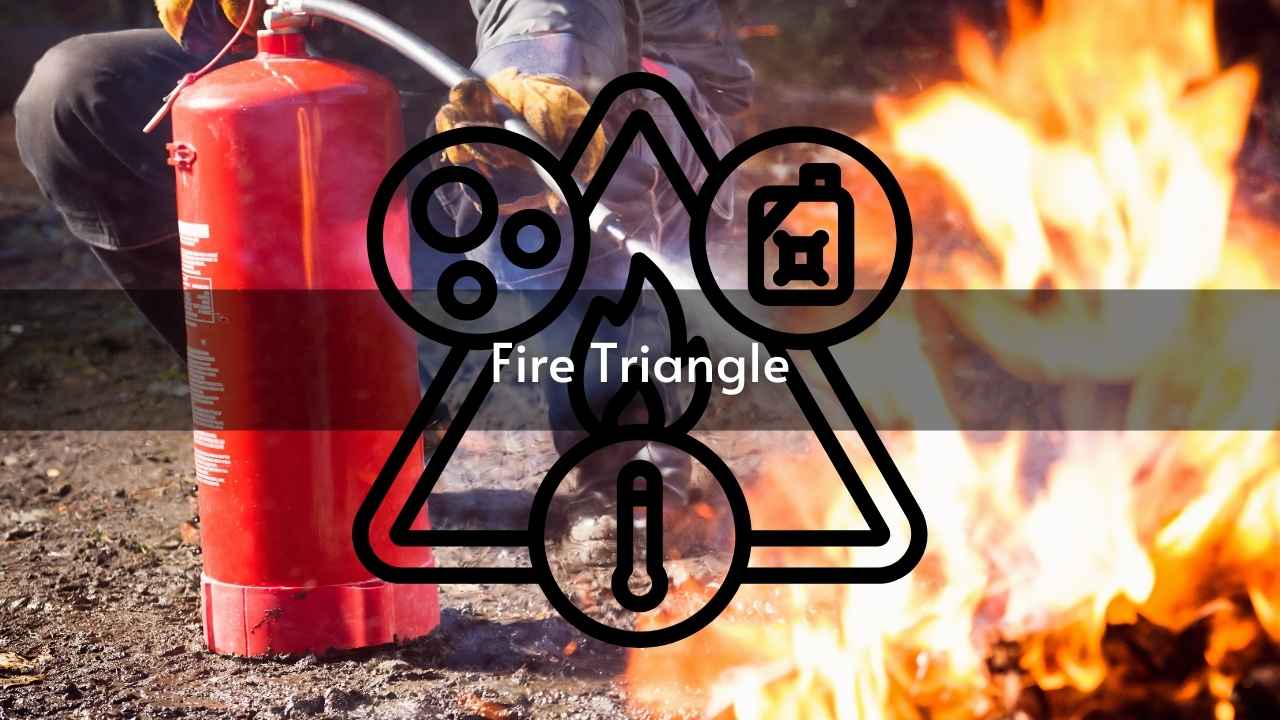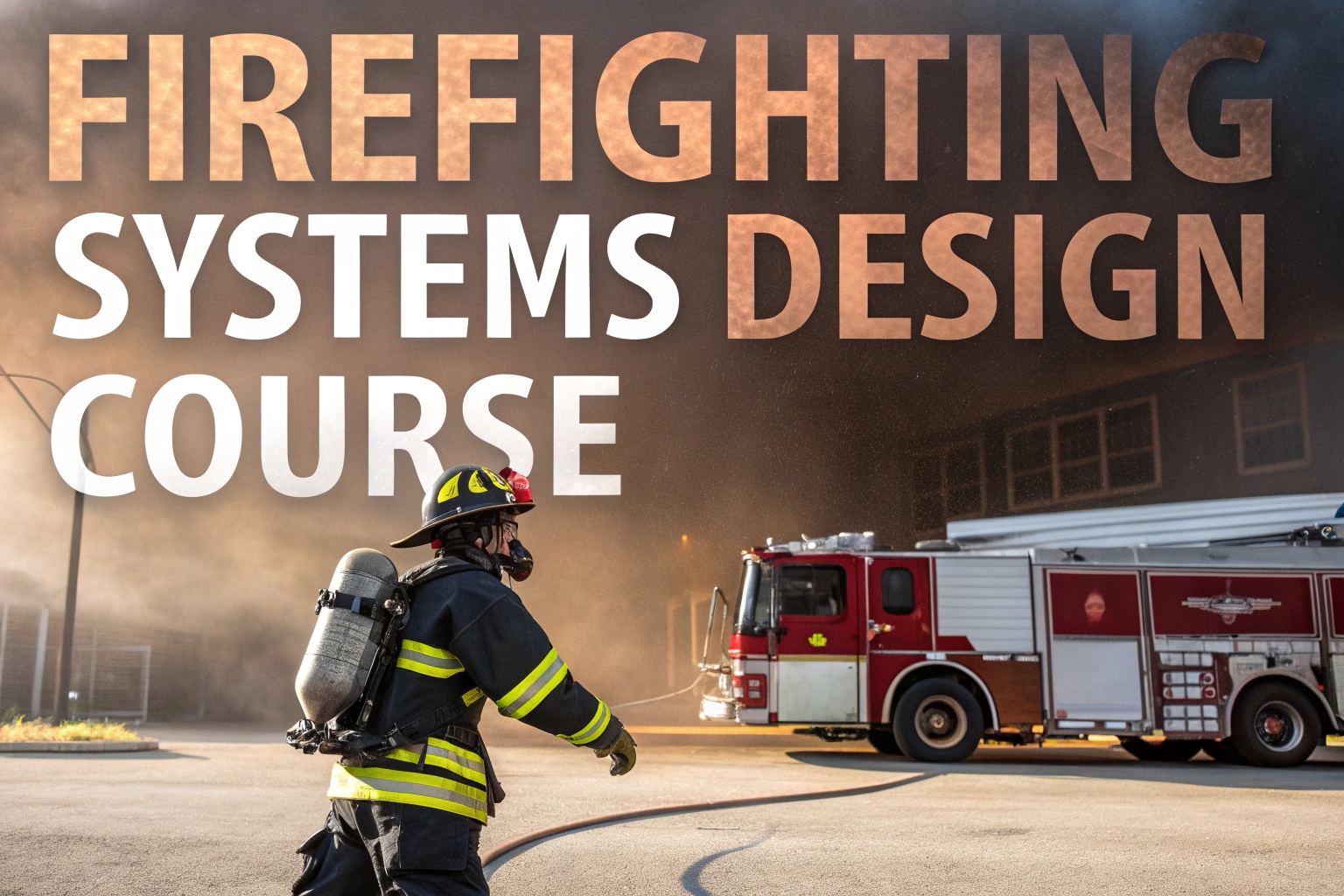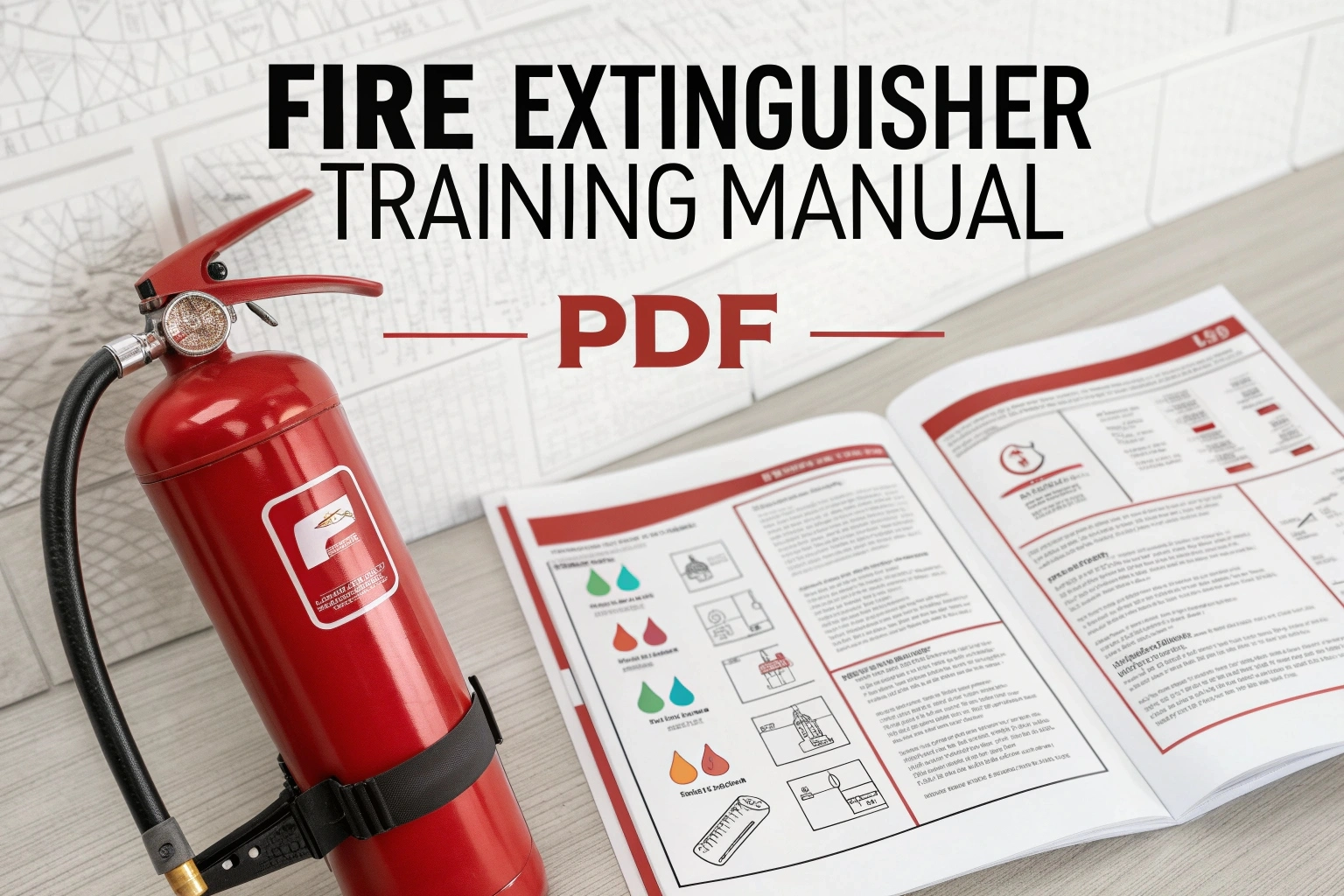The fire triangle is a simple way to understand what starts a fire. It shows that a fire needs three things: heat, fuel, and oxygen. When these three elements mix correctly, a fire ignites. To stop a fire, you can remove one of these elements. For example, using a fire blanket cuts off the oxygen. However, in large fires, it’s hard to reduce oxygen over a big area. This blog will explain each part of the fire triangle, why it’s important, and how to manage fires effectively.
The Three Components of Fire
The fire triangle explains what a fire needs to start and burn: heat, fuel, and oxygen. If one of these is missing, the fire can’t start or continue.
Heat: The First Part
Heat is needed to start a fire. It can come from sources like flames, electricity, or friction. Once a fire starts, it keeps making more heat, which helps it spread and get stronger. This heat can burn people or set nearby materials on fire.
Flash Point vs Fire Point
Heat determines a material’s flash point and fire point. The flash point is the temperature when something starts to burn, while the fire point is when it keeps burning. Knowing these points helps prevent fires, especially when dealing with chemicals.
Sources of Heat
Heat comes from both nature and man-made items. The sun and lightning are natural sources, while welding tools, stoves, and matches are man-made. It’s important to be careful with these, so they don’t ignite anything flammable.
Fuel: The Second Part
Fuel is what keeps a fire going. Any material that can burn, such as wood, paper, gasoline, or plastic, acts as fuel. Different fuels burn at different speeds and temperatures, producing various flames and smoke.
Flashover and Backdraft
A flashover happens when everything in a room reaches the temperature needed to catch fire at the same time, creating a fireball. A backdraft occurs when a fire, which has used up the oxygen in a space, suddenly gets more air, causing an explosion. Both are dangerous.
Oxygen: The Third Part
Oxygen helps break down fuel and releases energy, making the fire hotter and brighter. Without oxygen, a fire cannot burn. The amount of oxygen affects how fast and strong the fire burns. To stop a fire, you can cut off its oxygen supply by smothering it.
In wildfires, the amount of oxygen, along with moisture and wind, affects how fast the fire spreads.
Extinguishing a Fire Using the Fire Triangle System
To put out a fire, you need to remove one or more parts of the fire triangle. The most common ways to do this are by using fire extinguishers, water, or getting rid of the fuel or oxygen.
Fire extinguishers help by eliminating one or more parts of the fire triangle. For instance, dry powder fire extinguishers contain a special powder that stops the fire’s chemical reaction. This powder creates a barrier between the fuel and oxygen, smothering the fire. With the right fire extinguisher, you can quickly put out most fires, making them an important tool to have.
In some situations, water is a good way to extinguish a fire. Water cools down the fuel source, which reduces the heat needed to keep the fire burning. As the fuel cools, the fire becomes less intense until it cannot continue. However, using water can sometimes make the fire worse or be very dangerous, especially with cooking oil fires or electrical fires.
Another effective method to put out a fire is to remove the oxygen or fuel source. For example, smothering a campfire with dirt or sand works well. This principle also applies when using a fire blanket. When you cut off the fuel source from the oxygen, the fire cannot sustain itself and will gradually die out.
It’s important to remember that every fire is different, and the best way to put it out may change. Sometimes, using water can worsen the fire, while in other cases, removing the oxygen might work better than using a fire extinguisher. Knowing the fire triangle and the various ways to fight fire is essential to prevent accidents.
All firefighting methods aim to eliminate at least one side of the triangle. Water-based agents remove heat from the fire. Powder and gas agents take away oxygen and suffocate the fire. Aerosol agents attack the free radicals and starve the fire of fuel.
What is the Fire Tetrahedron?
The fire tetrahedron is a model that shows the components needed to start and keep a fire going. It has four sides, each representing a necessary factor for fire:
- Fuel: Any substance that can burn.
- Heat: The heat energy that can ignite the fuel.
- Oxidizing agent: Air that contains oxygen.
- Chemical chain reaction: The energy needed to keep the ignition going.
Understanding the Fire Tetrahedron
The fire tetrahedron adds one more element to the fire triangle. Besides heat, fuel, and oxygen, it includes a chemical chain reaction. This model expands on the traditional fire triangle by treating the chemical reaction as its own important part. Some fire extinguishers help stop fires by using agents that disrupt the chemical reaction at the molecular level.
Conclusion
The fire triangle is a basic idea that helps us understand fire behavior and safety. By knowing how oxygen, heat, and fuel work together, people can take action to prevent and control fires. It’s important to focus on education, awareness, and being ready. Anyone working in firefighting or fire prevention should learn how to manage the fire triangle effectively.
FAQs
What is the fire triangle?
The fire triangle shows the three things a fire needs to start. These are heat, fuel, and oxygen. Without these three elements, a fire cannot ignite.
What is fire triangle theory?
The fire triangle theory helps us understand what makes a fire. Each side of the triangle represents one of the three things needed for a fire: oxygen, fuel, and heat. Fire is a chemical reaction, and without any of these three, fire cannot happen.
What are the three sides of the fire triangle?
The fire triangle explains what elements are necessary for a fire to start and keep burning. It has three sides: heat, fuel, and oxygen. Without any one of these, a fire cannot start or continue to burn.
What are the four elements of the fire tetrahedron?
The fire tetrahedron is like a pyramid with four flat faces. All four elements must be present for a fire to happen: fuel, heat, oxygen, and a chemical chain reaction.
Why is it important to understand the fire triangle for fire safety?
Knowing about the fire triangle is important for fire safety. It helps people find and control the elements that can cause a fire. This knowledge is key to preventing fires and responding well in emergencies.
Are there other versions of the fire triangle model?
Yes, there are other versions. One common one is the fire tetrahedron, which adds a fourth element: a chemical chain reaction. This shows how some fires depend on a self-sustaining chemical reaction.
Read More – Single Interlock Pre-Action System















